True innovation tends to come from the places we least expect as developers. The Microsoft HoloLens is still a very new product, and some of the other headsets are still just ideas, so the rules for mixed reality are not set in stone. That means all the real problems to be solved are yet to come.
When a client hires us to solve one of these problems, having that outside perspective is often a great asset; We can see the issues without the minutia getting in the way. The downside is that sometimes inside all of those little details sits the nuance that we just trampled all over. In an ideal situation, when the client and developer are the same person, no nuance is lost—and these special occasions can lead to truly useful, new and unique ideas.
Dr. Henrique Lampert, an orthopedic spine surgeon working in Santa Catarina, Brazil at the Instituto de Ortopedia e Traumatologia de Jaraguá do Sul, is taking his years of experience in the field—along with his development partner Dr. Bruno Gobbato—and attacking a common problem that only appears in spinal surgery.
Dr. Lampert was kind enough to take a few minutes out of his busy schedule to answer a few questions for us.
So what are the primary problems in your work that you are trying to solve?
Our project intends to provide a low-cost solution that helps spine surgeons to have a more precise placement of pedicle screws in a surgical procedure called spine arthrodesis (screws are used to fix the spine for neck pain and back pain treatment, deformity correction surgery, fractures, and bone cancer treatment).
Implant misplacement can cause severe complications in this procedure, like neural damage and implant loosening. Most spine surgeons are guided only by anatomical landmarks and intraoperative x-ray to do this step of the surgery. In some places, there is CT scan available in the surgery room and neuronavigation systems, but that's not our reality in Brazil.
The first solution we developed with intraoperative HoloLens use is the possibility for surgeons to visualize the patient 3D CT scan model rendered with predefined screw placement trajectory.
Is the development team just you and Dr. Gobatto? Or are you working with a freelance team or select individuals?
Dr. Gobatto started a 3D printing project for preoperative planning that uses CT scan rendering and 3D printed guides for intraoperative use. I joined him to develop spine models and guides for spine surgery. When I discovered HoloLens, I saw an opportunity to use holographic technology as an alternative to 3D printing limitations. Currently, we work without any assistance, Unity and Microsoft Holographic Academy provided excellent material for basic use of HoloLens, and the 3D rendering process is the same we already used to do in 3D printing.
In the process of working on your project, what expectations have you had to temper due to hardware limitations?
The trickiest part of working with anatomical models on HoloLens is the need to simplify meshes without losing anatomical details that are important for surgery reference.
FPS is another problem, it's very difficult to keep a good rate with complex 3D models.
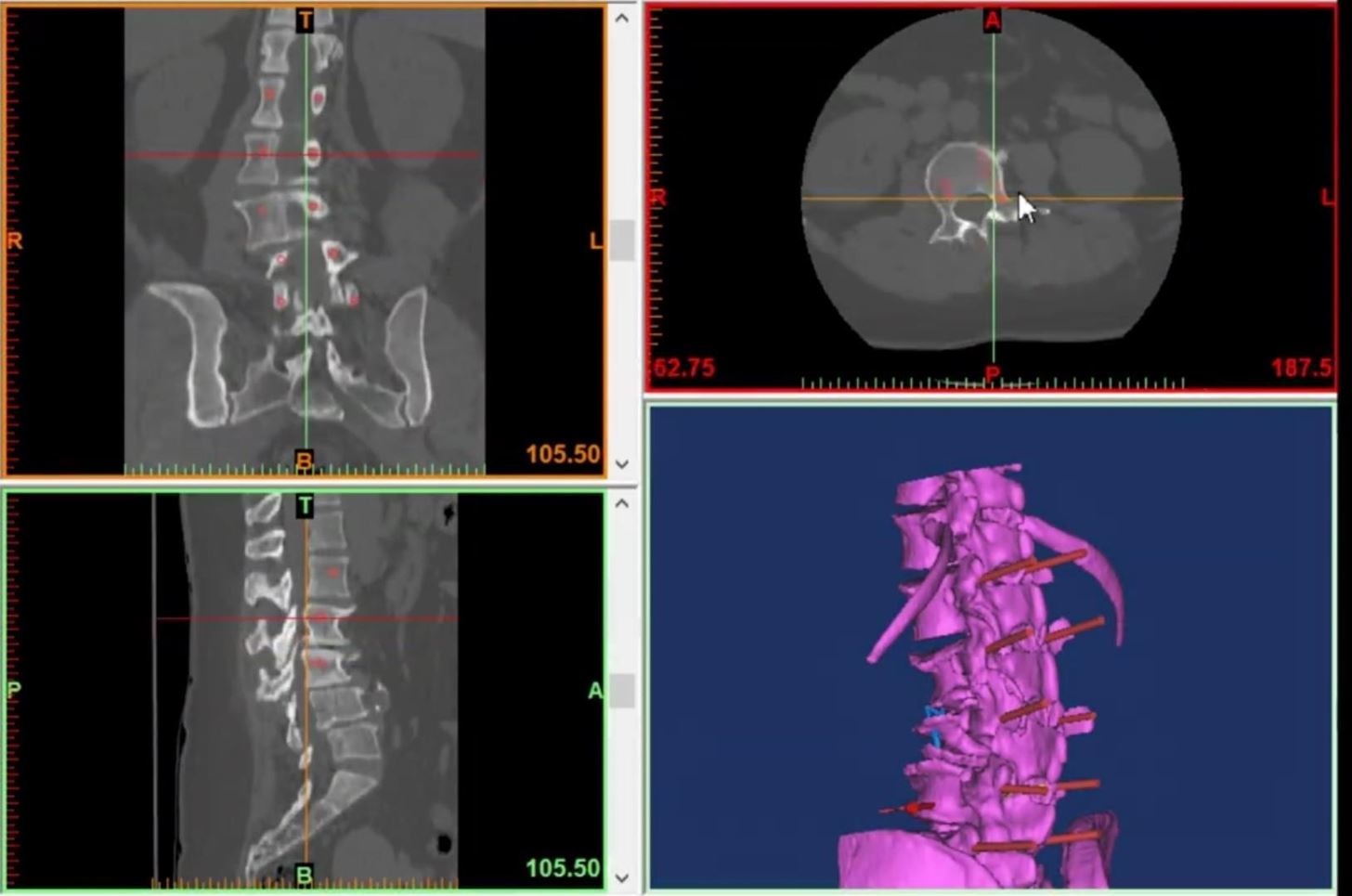
Do you intend to make this a commercial product or have it for proprietary use?
Preoperative planning and mesh rendering for surgery use should be done only by the surgeon, in my opinion, it's difficult to develop a commercial product in this situation.
We hope to create a course to surgeons that are interested in learning holographic technology for surgery use.
Is this product nearing a complete state?
Currently, I'm working on a medical article to evaluate how precise is this technique, to show that this really makes difference for my patients.
I can say that were having very promising results so far.

The insight that comes from this user/developer combination adds other valuable elements to the process—elements that other developers can learn from. For example, in this case, this particular surgical scenario highlights the plus side of the HoloLens' narrow field of view.
Since it was first demoed, the HoloLens has taken a good beating over its field of view. Many users and reviewers have expressed disappointment with its small viewing area, but according to a conversation thread on the HoloLens Developers group on Facebook, Doctor Lampert explains exactly why the field of view could be the correct choice for Microsoft to have made.
HoloLens field of view is awesome since I am able to look below the HL lenses and choose when I want to see Holograms. Being able to look at exams, record and broadcast live, are also awesome features that the HoloLens provides. It's a safe technology since it doesn't get any contact with the patient and doesn't need other hardware like neuronavigation procedures.
I completely agree with Dr. Lampert here. I have often argued that the FOV is perfect. I have done many demos of the HoloLens for friends and families. Even with the HoloLens' smaller view, people have become so immersed in the moment, they forget where they were. These situations, on more than a few occasions, have led to users forgetting there is a table or magazine rack in the room and tripped over it.
As the mixed reality space grows, we will continue to see these types of unique insights and innovations. With the lack of rules in our new market, we really are living in the Wild West. I recommend trying new things all the time—be part of the group that makes the new set of rules and guidelines. So while the old adage "if it ain't broke, don't fix it" comes to mind as a counterpoint, my response to that would be: "What do you want to do... lead or follow?"
Just updated your iPhone? You'll find new features for Podcasts, News, Books, and TV, as well as important security improvements and fresh wallpapers. Find out what's new and changed on your iPhone with the iOS 17.5 update.
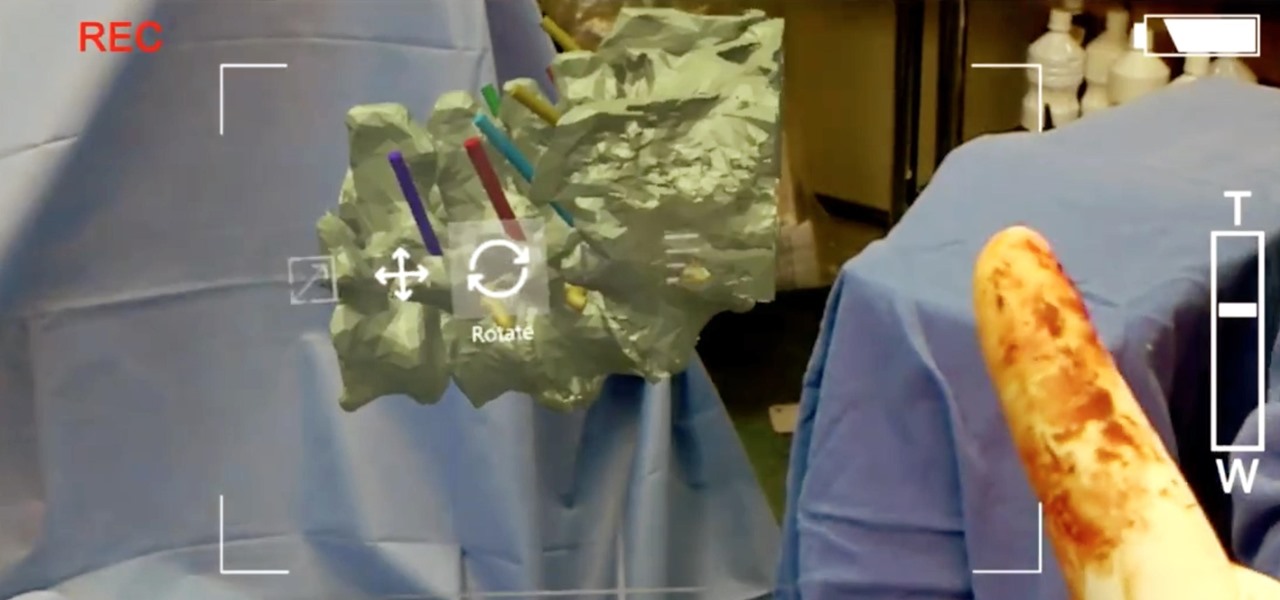







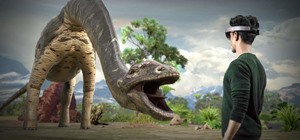
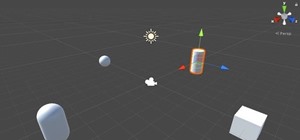

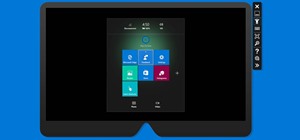
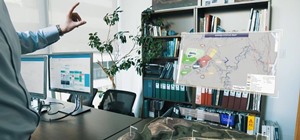
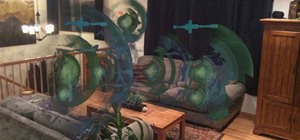
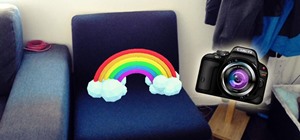
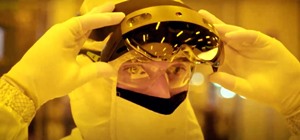
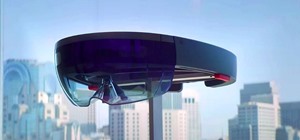
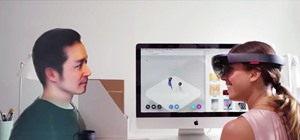
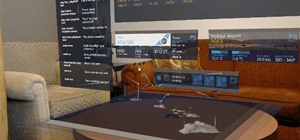
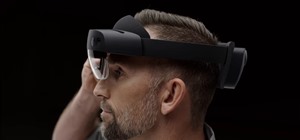
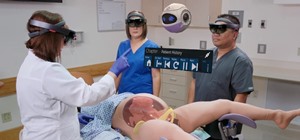
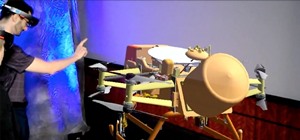
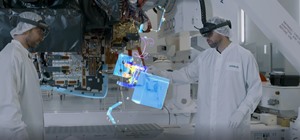
Be the First to Comment
Share Your Thoughts